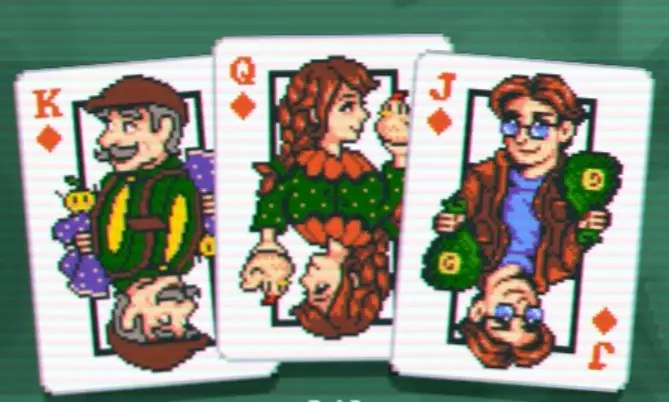The indie gaming scene is often characterized by its creativity and willingness to take risks, and Balatro is a prime example of this ethos. This poker-themed roguelike deckbuilder has garnered a loyal following across various platforms, including PC, consoles, and mobile devices. Its recent “Friends of Jimbo 2” update, unveiled on X, serves as a game-changer, introducing fresh crossover content that pulls from a range of well-loved franchises. With nods to titles such as Cyberpunk 2077, The Binding of Isaac, and Stardew Valley, this update not only deepens Balatro’s appeal but also broadens its player base.
The crossover cosmetics introduced in this update are not merely a superficial layer of novelty; they enhance the gameplay experience while celebrating the unique aesthetics of each referenced franchise. For instance, the Cyberpunk 2077-inspired cards showcase characters like Johnny Silverhand, adding a layer of recognition for fans of the dystopian narrative. Furthermore, the inclusion of beloved figures from Stardew Valley such as Lewis and Marney—where Pierre humorously appears with money bags—demonstrates a thoughtful attention to detail that resonates with players. This clever approach not only appeals to existing fans but also captivates newcomers who were previously unaware of the game.
Moreover, the pixel art for the Slay the Spire and The Binding of Isaac cards, crafted by renowned content creator NEATOQUEEN, is a testament to how artistic creativity can seamlessly integrate with gameplay mechanics. Each piece of art serves as a visual treat that enriches the player experience while preserving the game’s unique identity.
Balatro’s ascent since its launch in February has been nothing short of remarkable. This bustling indie title, now available on mobile platforms as of late September, has quickly established itself as a standout game in the genre. Critics and players alike have praised the game for its innovative mechanics and cohesive design. Nidula Geeganage’s review on GamesHub encapsulated this well, stating that Balatro masterfully combines originality with player engagement, effectively producing its own narrative while inviting players into its vibrant world.
The indie gaming realm is often a challenging landscape where unique titles can struggle for visibility. Balatro has managed to not just survive but thrive, successfully addressing the mainstream demand for engaging roguelike deck-builders. The collaborative nature of its updates highlights the game’s commitment to evolving while also staying rooted in community-driven development.
As Balatro continues to innovate, the future looks bright for both the game itself and the broader indie gaming community. The success of Balatro illustrates the importance of community engagement, artistic collaboration, and innovative design. It’s an encouraging sign that independent projects can capture player interest and maintain longevity in an ever-evolving industry.
Players are eagerly looking forward to future updates and expansions, wondering what beloved franchises might be next in line for Balatro’s celebrated crossover treatment. The message is clear: Balatro is not just a fleeting success; it aims to redefine expectations and usher in another golden era for roguelike deckbuilding games. Through a clever mix of art, gameplay, and community, it stands poised to lead the charge in an exciting new chapter for indie titles.


Leave a Reply